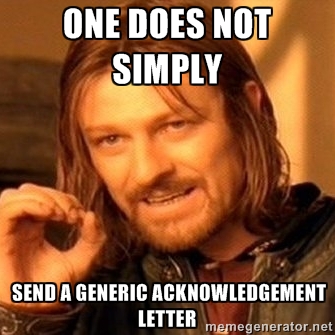 Hi everyone, happy holidays. I hope that you are taking it easy these next couple of weeks. This week, instead of reading serious articles about our sector, I learned about the dark origins of Christmas carols. Apparently, back in the olden days, carolers were drunk hooligans who went door-to-door demanding to be let in and served your best food and booze, and could get rowdy and belligerent if you turn them away.
Hi everyone, happy holidays. I hope that you are taking it easy these next couple of weeks. This week, instead of reading serious articles about our sector, I learned about the dark origins of Christmas carols. Apparently, back in the olden days, carolers were drunk hooligans who went door-to-door demanding to be let in and served your best food and booze, and could get rowdy and belligerent if you turn them away.
So of course, that inspired me to re-write some of our holiday songs. Why don’t you learn them, and then we can try old-school caroling as a novel fundraising technique. Suggest other #nonprofitholidaysongs in the comment section and on Twitter.Continue reading →





